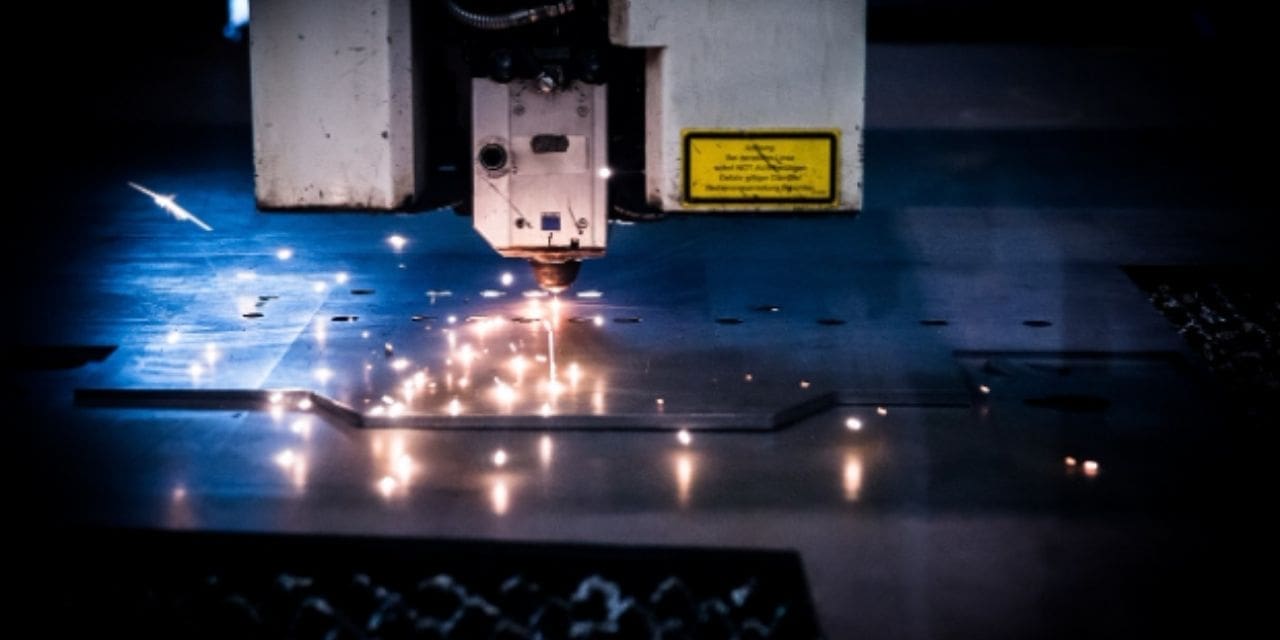When it comes to planning a manufacturing project, the details matter. A successful project requires meticulous planning, careful consideration of all components, and a grasp of the essential factors that drive efficiency and profitability.
Assessing CNC Machining Costs
Understanding and managing CNC machining costs requires various factors:
- Machine costs: High-precision CNC machines are costly. Determine whether purchasing, leasing, or outsourcing is the best option for your project’s size and length.
- Tooling Costs: CNC machining incurs severe tool wear and tear. Invest in high-quality instruments to increase their longevity and lower replacement expenses.
- Setup and Programming Costs: Configuring CNC machines and developing programs for individual parts can be time-consuming and expensive. These expenses can be reduced by efficient programming and the minimization of setup adjustments.
- Operational costs: This includes personnel, electricity, and maintenance. Skilled operators and regular maintenance schedules help to keep machines running efficiently and save downtime.
Project Scope and Objectives
Before getting into the mechanics of manufacturing, identify the scope and goals of your project. What do you hope to achieve? Whether it’s large production or developing a prototype, having a clear vision helps to coordinate all subsequent processes. Your objectives will influence material, process, and schedule decisions, all of which will have an impact on overall costs, including CNC machining.
Budgeting and Financial Planning
Developing a comprehensive budget is critical. Include all prospective charges, such as raw materials, labor, machinery, and overhead costs. CNC machining, while accurate and efficient, can be expensive. It is critical to include these expenditures early in the budgeting process. Consider both permanent costs (such as buying or leasing CNC machines) and variable costs (such as maintenance, tooling, and energy consumption). Additionally, set aside funds for unanticipated expenses to avoid financial strain during the process.
Choosing the Right Materials
The materials used have a considerable impact on both the production process and cost. Different materials have different qualities, which influence their machinability, strength, and suitability for particular applications. CNC machining commonly uses materials such as aluminum, steel, and polymers, each having its own set of machining costs. For example, harder materials may necessitate more time and better tools, resulting in higher CNC machining costs. Evaluate the trade-offs between material costs, machining expenses, and the product’s end-use requirements.
Design and Engineering Considerations
Effective design and engineering are crucial for reducing costs and increasing efficiency. Use design for manufacturability (DFM) principles to generate designs that are simpler and less expensive to produce. Simplifying complex geometries, minimizing the number of setups, and optimizing tool paths are all part of CNC machining. Advanced CAD software can assist in simulating the machining process, allowing you to spot potential problems and optimize designs before production begins. By focusing on design efficiency, you may considerably lower CNC machining costs.
Selecting the Appropriate Manufacturing Process
Choosing the appropriate production process is critical for both cost management and product quality. CNC machining is perfect for precise components and complex geometries, but you should consider whether it is the appropriate solution for your particular project. Compare CNC machining to other manufacturing methods including injection molding, casting, and additive manufacturing. Consider the manufacturing volume, tolerances, and material compatibility. In some circumstances, a mix of methods may provide the most cost-effective solution.
Supplier and Partner Selection
Selecting the appropriate suppliers and partners might mean the difference between a successful and unsuccessful manufacturing operation. Whether it is raw materials, CNC machining services, or other components, dependability, quality, and cost-effectiveness are critical considerations. Develop long-term partnerships with trustworthy suppliers who can provide competitive pricing and consistent quality. Consider geographic location to reduce shipping costs and lead times.
Quality Control and Testing
Selecting the appropriate suppliers and partners might mean the difference between a successful and unsuccessful manufacturing operation. Whether it is raw materials, CNC machining services, or other components, dependability, quality, and cost-effectiveness are critical considerations. Develop long-term partnerships with trustworthy suppliers who can provide competitive pricing and consistent quality. Consider geographic location to reduce shipping costs and lead times.
Project Management and Timeline
Efficient project management is critical to staying on schedule and within budget. Create a thorough project timetable that covers every stage of the manufacturing process, from design and prototype to production and delivery. Use project management tools to keep track of progress, manage resources, and resolve difficulties as they arise. One effective option is monday.com task management, which helps streamline workflows and ensures that all tasks are organized and completed on time. Delays can result in increased expenses, particularly if they disrupt CNC machining schedules, therefore proactive management is essential.
Environmental and Regulatory Compliance
Manufacturing projects must adhere to environmental and regulatory regulations. Understand the regulations that apply to your industry and ensure that your processes, including CNC machining, meet these criteria. Noncompliance can lead to fines, legal troubles, and reputational damage. Consider using sustainable practices, such as recycling materials and minimizing waste, to improve your environmental impact while potentially lowering costs.
Continuous Improvement and Innovation
The manufacturing scene is continually changing, as new technology and methods emerge. Stay up to date on innovations in CNC machining and other production technologies. Continuous improvement approaches, such as lean manufacturing and Six Sigma, can improve efficiency while lowering costs. Encourage your team’s inventiveness to develop unique solutions to production difficulties.
Conclusion
Planning a successful manufacturing project demands a comprehensive approach that takes into account everything from funding to quality control. CNC machining costs are high, necessitating careful consideration and management. Understanding the complexities of CNC machining, selecting the correct materials, optimizing design, and adopting efficient procedures can help you achieve cost-effective and high-quality manufacturing. Thorough planning and continual improvement are the cornerstones of a successful manufacturing project, ensuring that you fulfill your goals while remaining competitive.

